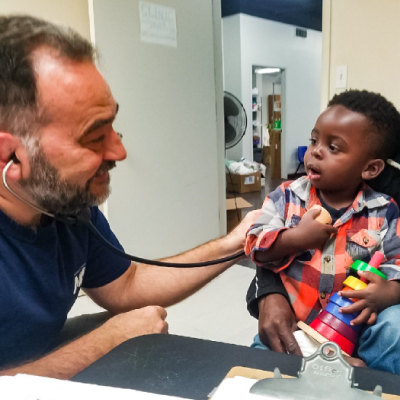- Who We Are
- Clinician Employment
- Publications
- Witness to Witness (W2W)
- Kugel & Zuroweste Health Justice Award
- Your Voice Matters: Photovoice Project
Tue, 03/20/2012 | by mpiorunski

During the month of March, MCN is taking the opportunity to share with you a series of blog posts about poisonings and poison prevention. This week marks the 50th Anniversary of National Poison Prevention Week and MCN wants to highlight a range of topics around this emerging issue.
Anniversary of National Poison Prevention Week and MCN wants to highlight a range of topics around this emerging issue.
Poisonings became the leading cause of injury death in the United States in 2008 and nearly 9 of 10 poisoning deaths are now caused by drugs, according to a December 2011 Centers for Disease Control and Prevention report.
The CDC defines a poison as any substance that is harmful to the body when ingested, inhaled, injected or absorbed through the skin. Unintentional poisonings occur when the individual exposed to the substance is not attempting to cause harm to themselves or others.
The nation's 57 Poison Control Centers fielded more than 2.4 million calls related to human poison exposuresArizona, Florida, Louisiana, New Mexico, Tennessee and Washington were among 20 states in which the poisoning death rate was significantly higher than the national average rate of 13.4 deaths per 100,000 persons, according to the report. Poisoning was the leading cause of injury death in 30 US states, 14 of which boasted a poisoning death rate above the national average.
A North Carolina Department of Health and Human Services 2010 study reports that unintentional poisonings in that state exceeded deaths from hypertension, atherosclerosis, homicide, HIV and liver disease.
Unintentional Drug Poisonings and Deaths
The rate of deaths due to unintentional drug poisonings more than doubled in a ten-year period, rising from 4 deaths per 100,000 persons in 1999 to 9.2 in 2008, according to the CDC report.
CDC data shows drug poisoning deaths have remained steady over a 10 year period from 1999 – 2008 among Hispanic populations, but rose sharply among non-Hispanic white, American Indian and Alaska Native populations. The rate of drug poisoning deaths involving opiod analgesics saw a 40 percent increase during this same period increasing from about 4,000 to 14,800, accounting for 40 percent of drug-related poisonings in 2008.
Children Are At-Risk for Poisonings
Children are not immune from dangers of unintentional poisonings and exposure. According to the Maryland Poison Center website, more than 1 million suspected poisoning exposures in children ages 6 and younger are reported to poison centers across the country annually and more than half of all poison exposures occur in children.
Children too suffer from unintentional poisonings and deaths from medications. Safe Kids USA, in its March 2012 report on medications and child safety, finds that unintentional child poisoning deaths due to medications nearly doubled between 1979 and 2006, increasing from 36 percent to 64 percent. In Washington State, cosmetics, analgesics, household cleaning substances, foreign items (toys, miscellaneous) and topical preparations were the top five sources of poison exposures in children under six years of age.
How to report a suspected poisoning?
Call 1-800-222-1222 to contact your local Poison Control Center (services provided in 150 languages).
CLINICIANS: Suspect a pesticide exposure? Use MCN's Pesticide Reporting Map to learn how to report pesticide exposures in your state.
MCN and others have several online resources to educate people about poisoning and prevention.
- Conozca a sus medicamentos is an educational podcast conveying the importance of being aware of and sharing information about medications.
- Poco Veneno… ¿No Mata? is one of several of MCN's educational Spanish language comic books with information about preventing pesticide poisonings.
- The website KidsHealth offers tips for preventing poisonings among children.
- The EPA offers tips to help prevent pesticide poisonings in the home.
The National Poisoning Data System Top 10 Human Exposure Categories for Pharmaceuticals:
1. Benzodiazepines
2. Ibuprofen
3. Other Antihistamines Alone
4. Selective Serotonin Reuptake Inhibitors
5. Atypical Antipsychotics
6. Diaper Care and Rash Products
7. Ethanol (Beverages)
8. Systematic Antibiotic Preparations (Oral, Intravenous, Intramuscular)
9. Acetaminophen (alone, adult)
10. Diphenhydramine (alone, unknown if OTC or RX)
Each year the CDC holds a national poster contest for to help engage youth in poison prevention. You can see this year's winning poster from an 8th grader in North Carolina.







